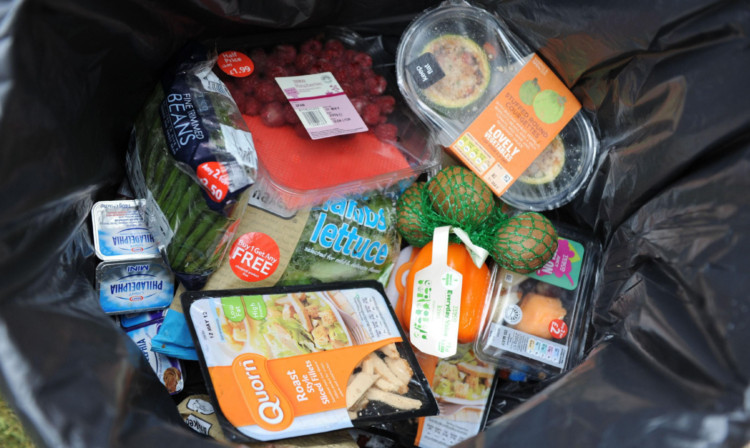
As the cost of living has shot up the political agenda, so has the issue of food prices and waste.
Last week it emerged that one English council blamed so-called “hotel parents” for the problem of waste. Shropshire Council claimed too many parents allow their grown-up children to treat their homes like a hotel.
The folks make dinner only for it to end up in the bin when their offspring find something better to do of an evening.
It’s certainly a theory and it’s one Baroness Scott of Needham Market has to consider as it was submitted to her House of Lords committee that is conducting an inquiry into the issue of food waste.
The Government, in its written submission to Baroness Scott’s committee, claimed most household waste is generated by people buying and cooking too much. They’ve set up the Love Food Hate Waste campaign to teach people how to make meals using leftovers.
In an apparent dig at that approach Baroness Scott, a former chair of the Liberal Democrats, says she wants to look beyond such uncomplicated analyses and simplistic solutions to the problem.
She said: “We don’t want to be talking about how to make soup from leftovers. With chemists, farmers and economists on the committee we want to talk about more than that.”
And she’s keen not to point the finger of blame.
She explained: “When I grew up most women didn’t work and you went to the shop every day there was still rationing. Nowadays, when you’re pushing a full trolley, it’s harder to judge how much you’re going to need.”
Last week Scott’s committee heard evidence from the people behind The Pig Idea. They want to see waste food fed to pigs as swill, just as it was in the old days.
But Scott points out it’s not quite as simple as that. She explained: “Giving leftovers to pigs was believed to be behind the outbreak of foot and mouth 12 years ago.
“The pig industry is not happy with The Pig Idea. There is waste that can be fed to pigs but you have to separate it and if a supermarket puts the wrong thing in then potentially you have another outbreak of foot and mouth that could end up costing billions. It’s not as simple as some would have you believe.”
The committee has only just started taking evidence. The Shropshire council submission was among more than 100 sent in showing the amount of interest in the issue.
It’s believed households spend in the region of £12 billion every year on food that ends up in the bin. Baroness Scott added: “The average family is throwing away £15 to £25 of food per week. That’s bonkers if it’s avoidable.”
It adds up to around seven million tonnes of wasted food. Then there’s the financial and environmental cost of growing it in the first place and transporting it not just around this country, but across the world in some cases.
And that’s just households. There are also shops, suppliers and farmers to consider.
Tesco recently promised to reduce the size of its pre-packaged bags of salad after research showed that, almost always, some of the leaves go uneaten.
Environment Secretary Owen Paterson last week told MPs that the scale of the problem is “shocking”. Paterson is known to favour schemes that divert food waste from landfill sites to be turned into compost.
The Lords’ inquiry into how to deal with it has been triggered by EU efforts to cut food waste. It’ll be one of the first issues to tackle for the new head of the EU commission following next year’s European elections.
But, as so often with the EU, their diktats are as much a hindrance as a help.
The EU has pledged to halve food waste across Europe by 2020. Baroness Scott said: “We don’t know what they mean. Half of what?
“If we go down this route of halving waste we need to make sure they understand what they are getting into. They don’t even have common definitions are egg shells and banana skins food waste?
“There’s a huge amount going on, we want to unpack some of it and lob it into the debate.
“The EU is both the problem and the solution.”
Problems include things like EU rules on packaging that actually reduce shelf life. Then there’s the issue of shelf life itself.
Baroness Scott added: “There’s confusion around use by, sell by and best before dates that may be leading people to throw away things unnecessarily.”

Enjoy the convenience of having The Sunday Post delivered as a digital ePaper straight to your smartphone, tablet or computer.
Subscribe for only £5.49 a month and enjoy all the benefits of the printed paper as a digital replica.
Subscribe